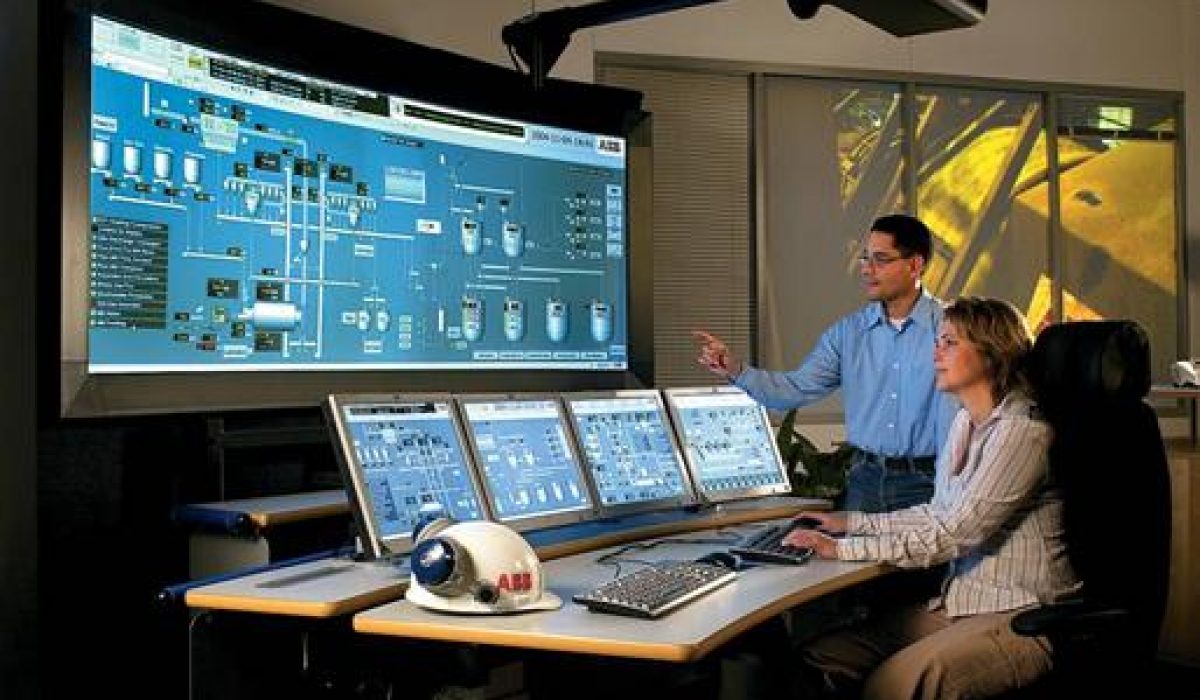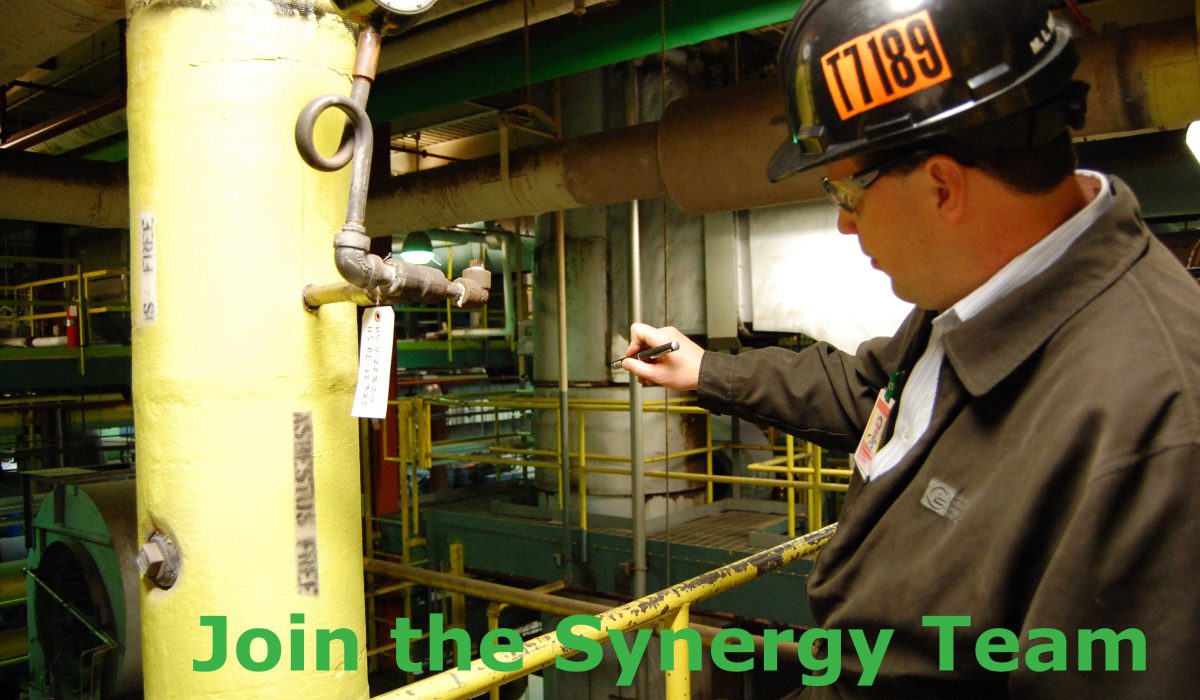
_
The term Key Performance Indicator, or KPI, is all over the internet. A simple Google search will bring up a ton of blogs about KPIs for various industries. While the term is rather general, it’s meant to serve a specific purpose. That is the great triumph and great downfall of KPI. There are many to choose from for every business, but the KPIs chosen must be specific to business needs and goals to work.
When it comes to integration and automation, KPIs service a vital purpose. They represent the responsibility of technology to examine all data and present it to a plant operator as information. Data is nothing but numbers, ones and zeros representing all the inner workings of a machine. Sifting through all that would take a human far longer than necessary and can delay crucial action. That’s why we have automation. Intelligent technology can be assigned KPIs and programmed to deliver specific information interpreted from the mass of data.
Consider all you can measure on a human body. There are basic numbers, such as weight and calorie intake as well as performance numbers such as how much weight the body can lift, squat, bench or push. This is like the body of a plant or control system. All that data is important to someone, be they a nutritionist, doctor or trainer. Each person has certain KPIs they’re looking for just like each engineer may be assigned a specific section of the plant.
In optimized systems, KPIs can serve an even greater purpose. Through the interpretation of a few data points, a plant manager can be given the pulse of their system. One glance is all that’s needed for an engineer to diagnose whether their system is healthy or not when using optimized control systems with strategic KPIs.
What KPIs do you consider most important to your business?
Are your control systems optimized to quickly diagnose the pulse of your plant?
_
_



 In the January 2014 issue of Control Engineering Magazine, Mark T. Hoske makes
In the January 2014 issue of Control Engineering Magazine, Mark T. Hoske makes
